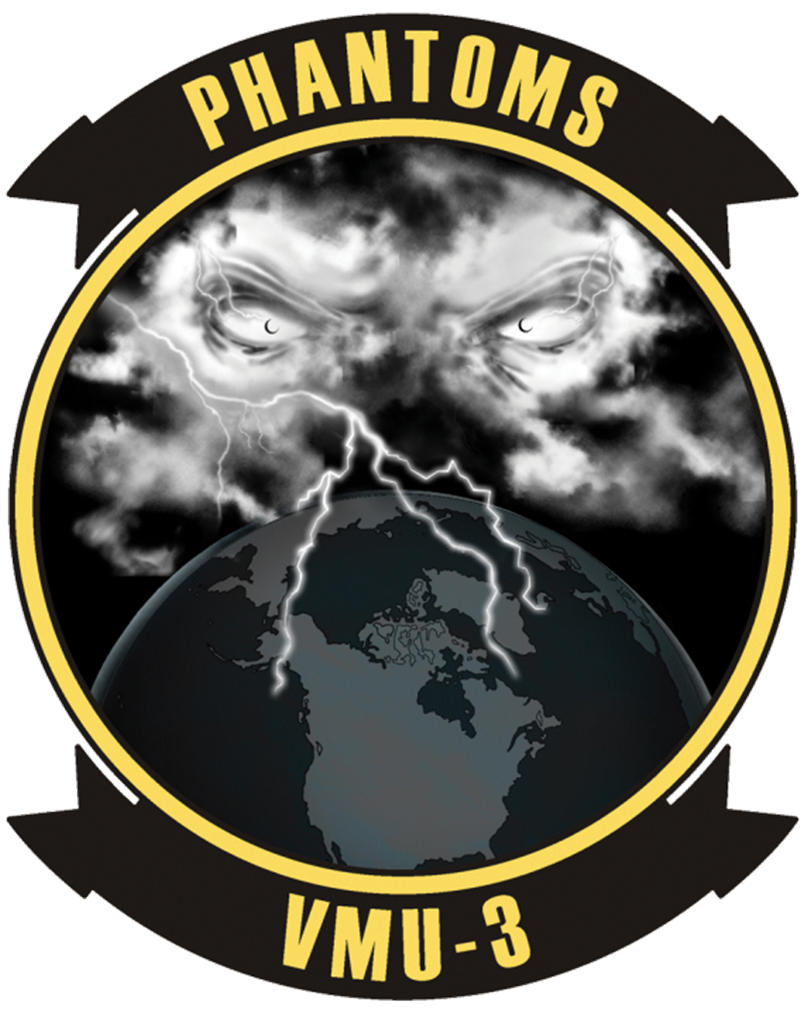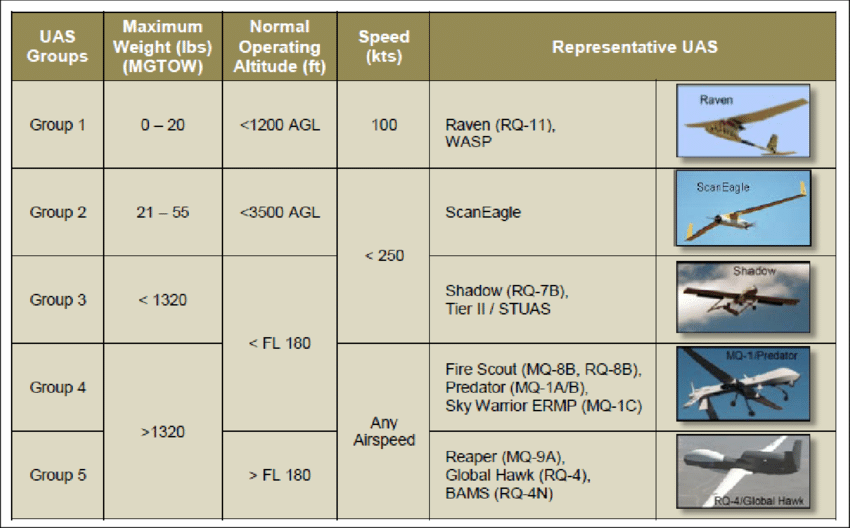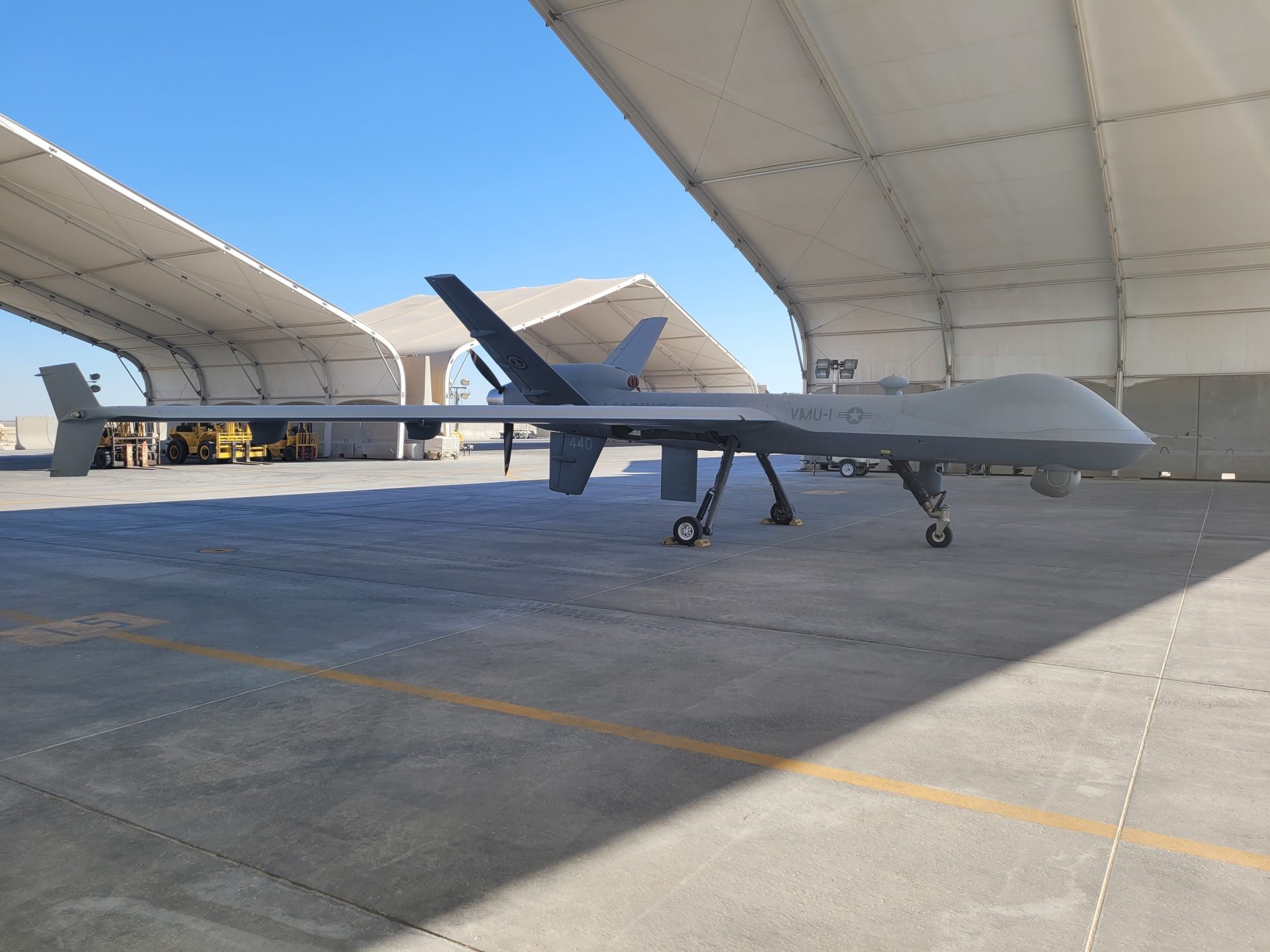United States Marine Corps Commandant, General Berger, told press today that the Marine Corps plans to stand up an MQ-9 squadron in Hawaii as the service begins to break into the world of Group V UAS. Marine Unmanned Aerial Vehicle Squadron Three is the most likely candidate to fly the MQ-9 since they have completely divested from their Group III UAS, the RQ-21a Blackjack.

According to the 2021 USMC Summit for Aviation Readiness held in Dallas last year, both VMU-3 and VMU-1 (Yuma, Arizona) will operate the MQ-9 by 2025 in order to stand up a 24/7 orbit of the aircraft for Marines operating in INDOPACOM. While VMU-2 (Cherry Point, NC) will stand down as an operational squadron and serve as the training squadron for MQ-9, sacrificing UAS coverage for Marines on the East Coast in exchange for West Coast Marines. However, by 2028, the Marine Corps is planning to have enough money to stand VMU-2 back up with MQ-9.
The Marines are looking to expand their UAS capabilities instead of relying on Air Force assets. Currently the Marine Corps relies on Group III through the Blackjack, employed through the VMUs for persistent overhead ISR coverage. They also employ Group I-II, at the tactical level through the Black Hornet, Raven, and Puma for individual unit commanders to have organic situational awareness. Group V UAS will give the Marines 24/7 coverage with the future possibility of armed UAVs.

The announcement comes during the implementation of 2030 Force Design and the Tentative Manual For Expeditionary Advanced Basing Operations (EABO). Both documents outline how the Marine Corps is going to distinguish itself from its traditional OIF and OEF roles of being a “second land army”. The EABO outlines how the Marine Corps will return to its roots of “fighting from the sea”, with greater integration with the United States Navy and becoming leaner in order to survive in a near peer war with China.
Force Design 2030 is the vehicle in which the Marines will move towards a force with reduced electro magnetic (EM) signatures and less cumbersome assets that won the 2003 war against the Iraqi military such as tanks and artillery. Instead the Marine Corps will look to leaner Marine Littoral Regiments that will focus on fighting in an EM denied environment, inside the weapons engaging zones (WEZ) of Chinese anti-air and anti-ship missiles. The Marines plan on doing this by divesting from artillery, tanks (already done), several artillery battalions, and several light attack helicopter squadrons. The Marines will instead pick up MQ-9, HIMARS, and other advanced capabilities.


